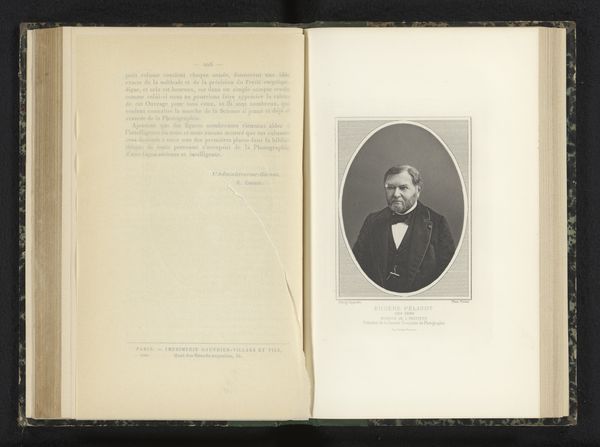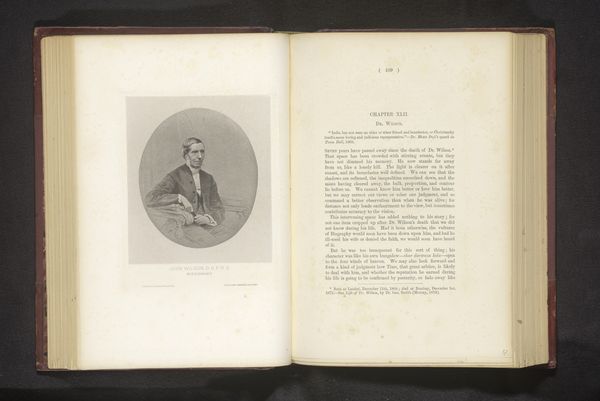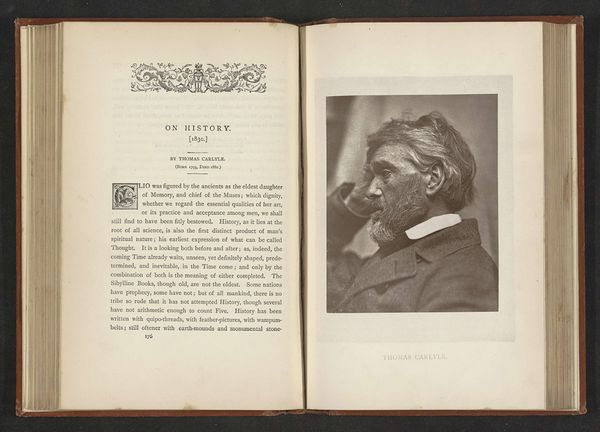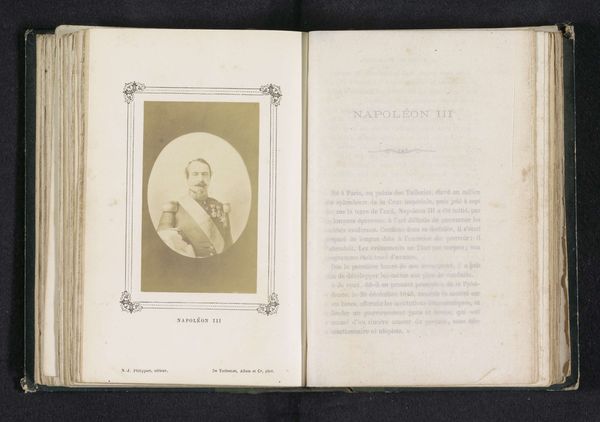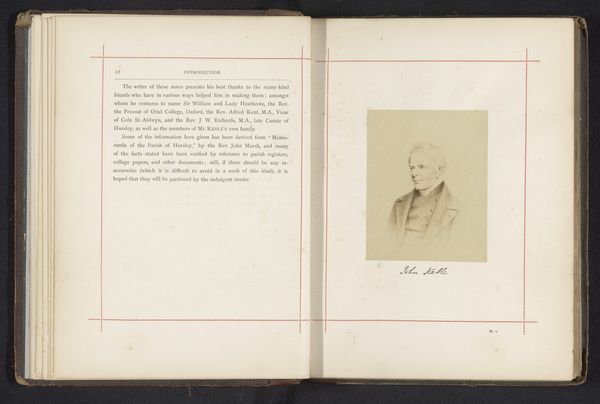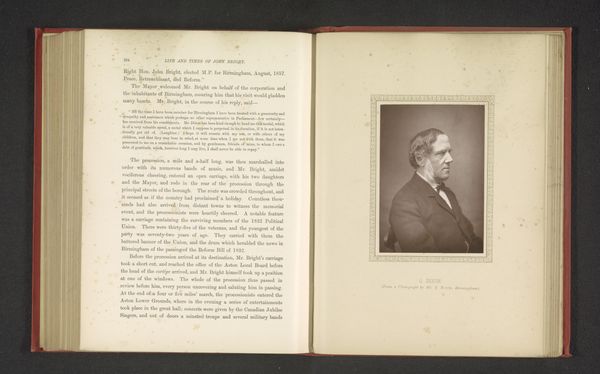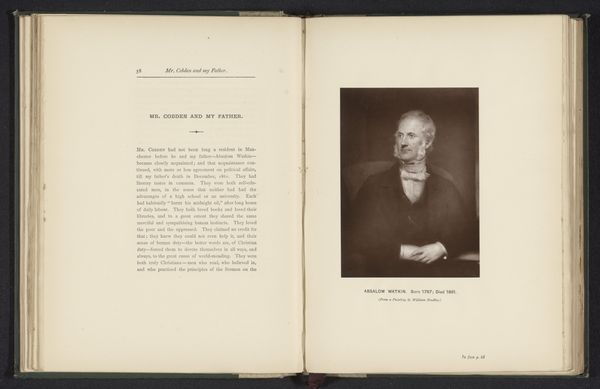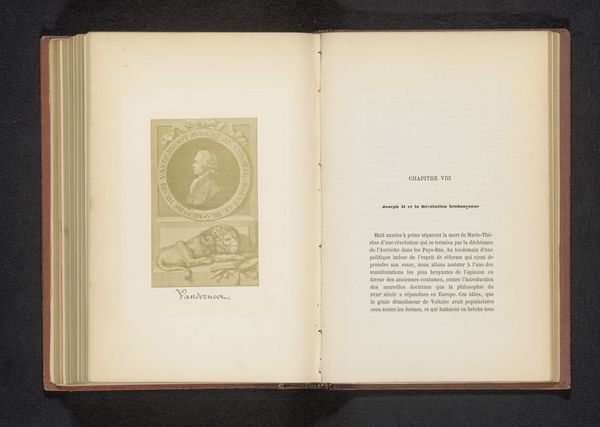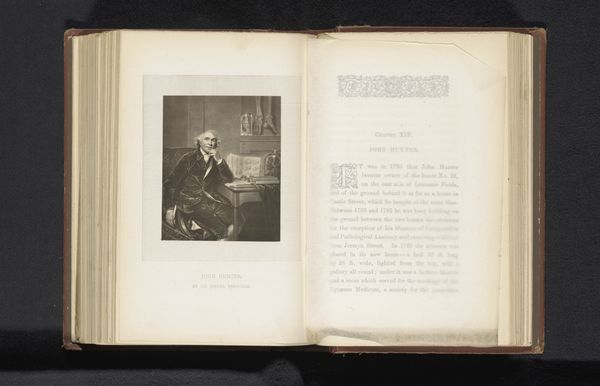
print, photography, albumen-print
#
portrait
# print
#
asian-art
#
photography
#
orientalism
#
albumen-print
Dimensions: height 175 mm, width 129 mm
Copyright: Rijks Museum: Open Domain
Editor: This albumen print, "Biddende Rajput man die geknield zit," by Benjamin Simpson, made before 1868, presents a man kneeling with hands clasped. There's a sense of quiet contemplation to the portrait, but also a kind of ethnographic detachment. How would you interpret this work within its historical context? Curator: Well, the context is key. Consider the rise of photography as a tool of colonial documentation in the 19th century. This image, while seemingly straightforward, operates within a complex power dynamic. What do you notice about the title and how the subject is presented? Editor: It’s labelled as “Rajput Christian,” suggesting a specific identity being documented. And you're right, the way he's kneeling, presented almost as a specimen, feels like it’s less about genuine understanding and more about cataloging a “type.” Curator: Precisely. The “Rajput Christian” label, juxtaposed with the kneeling posture, subtly reinforces colonial narratives of conversion and cultural dominance. The photograph, likely commissioned or circulated within colonial administrative circles, served to solidify these power structures. Do you think it was made for the public or for the personal usage of the administrators? Editor: Probably more for private use; like visual notes reinforcing their understanding (or misunderstanding) of the people they governed. I suppose such photos also had public consequences though... affecting policy and popular perception. Curator: Exactly. This wasn’t just a neutral recording. Images like this played a significant role in shaping perceptions of colonized populations and justifying colonial policies. And it all depends on who is observing the print: from administration circles to their private usages, different ideologies and mentalities come into play. It reminds us that even seemingly objective documentation is deeply implicated in the politics of representation. Editor: I hadn’t considered the photo in terms of reinforcing power, but seeing it that way clarifies so much. It’s not just a portrait, but a political object.
Comments
No comments
Be the first to comment and join the conversation on the ultimate creative platform.
